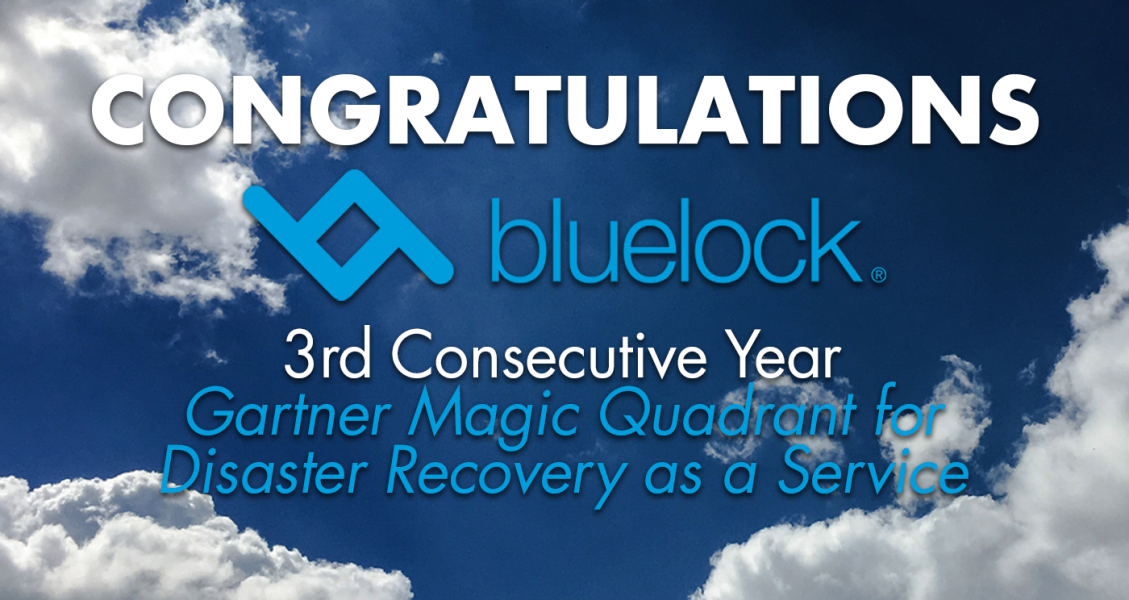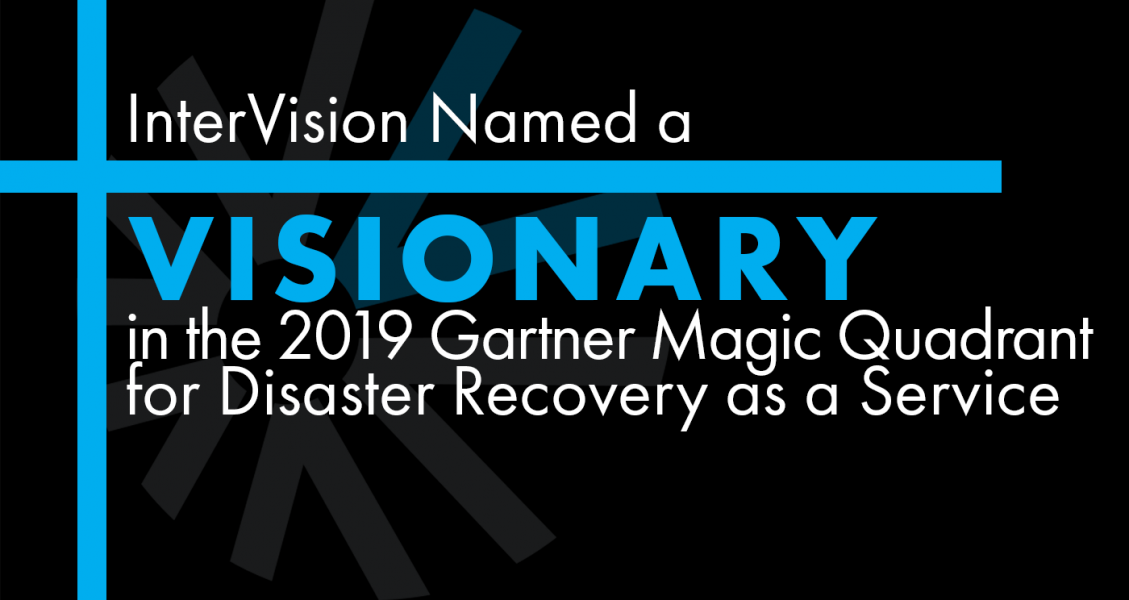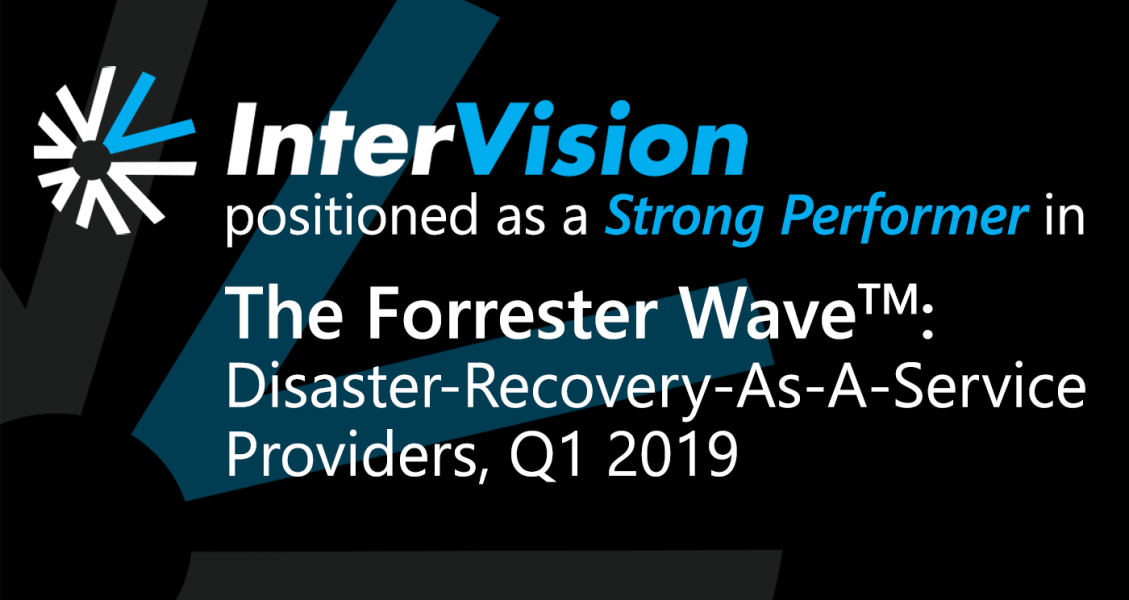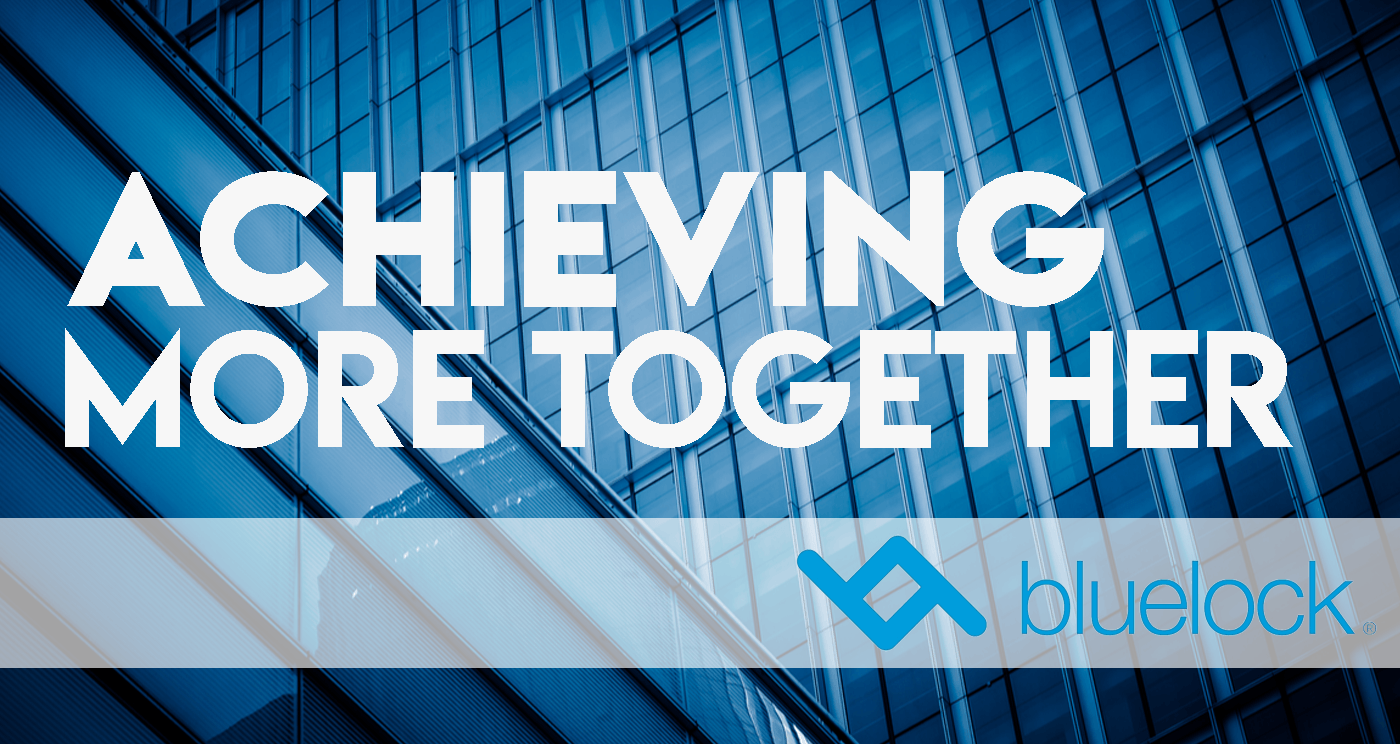Bluelock’s Disaster Recovery as a Service (DRaaS) Solution has been recognized in the 2018 Gartner Magic Quadrant for Disaster Recovery as a Service for the third year in a row. Only nine other providers were named in the 2018 report, down from 23 in 2017, validating Bluelock’s solutions and processes in the DRaaS space.
What can companies do to guard their data against exposure? Here we share three quick tips on how to improve your security posture.
InterVision has compiled a list our 7 best IT disaster recovery (IT-DR) resources, in no particular order. We think they are the best starting point for building a strong IT resiliency strategy that both emphasizes data protection and fast recovery for a wide swathe of disruptions.
There have been huge strides in technology innovation over the past decade, making data retention faster, more reliable and effective. Two solutions that have emerged are Backup as a Service (BaaS) and Disaster Recovery as a Service (DRaaS). Here are a few key differences to know.
InterVision named VISIONARY in 2019 Gartner Magic Quadrant, Disaster Recovery as a Service
InterVision has been positioned as a strong performer by Forrester Research’s The Forrester Wave: Disaster-Recovery-As-A-Service Providers, Q1 2019 report.
Bluelock, a provider of Disaster Recovery-as-a-Service (DRaaS) and Infrastructure-as-a-Service (IaaS) recently acquired by InterVision, today announced it has been positioned by Gartner Inc. in the Niche Players quadrant of the 2018 “Magic Quadrant for Disaster Recovery as a Service.”
InterVision is pleased to announce the acquisition of Bluelock, a recognized leader in Disaster Recovery as a Service (DRaaS) and Infrastructure as a Service (IaaS) solutions.








